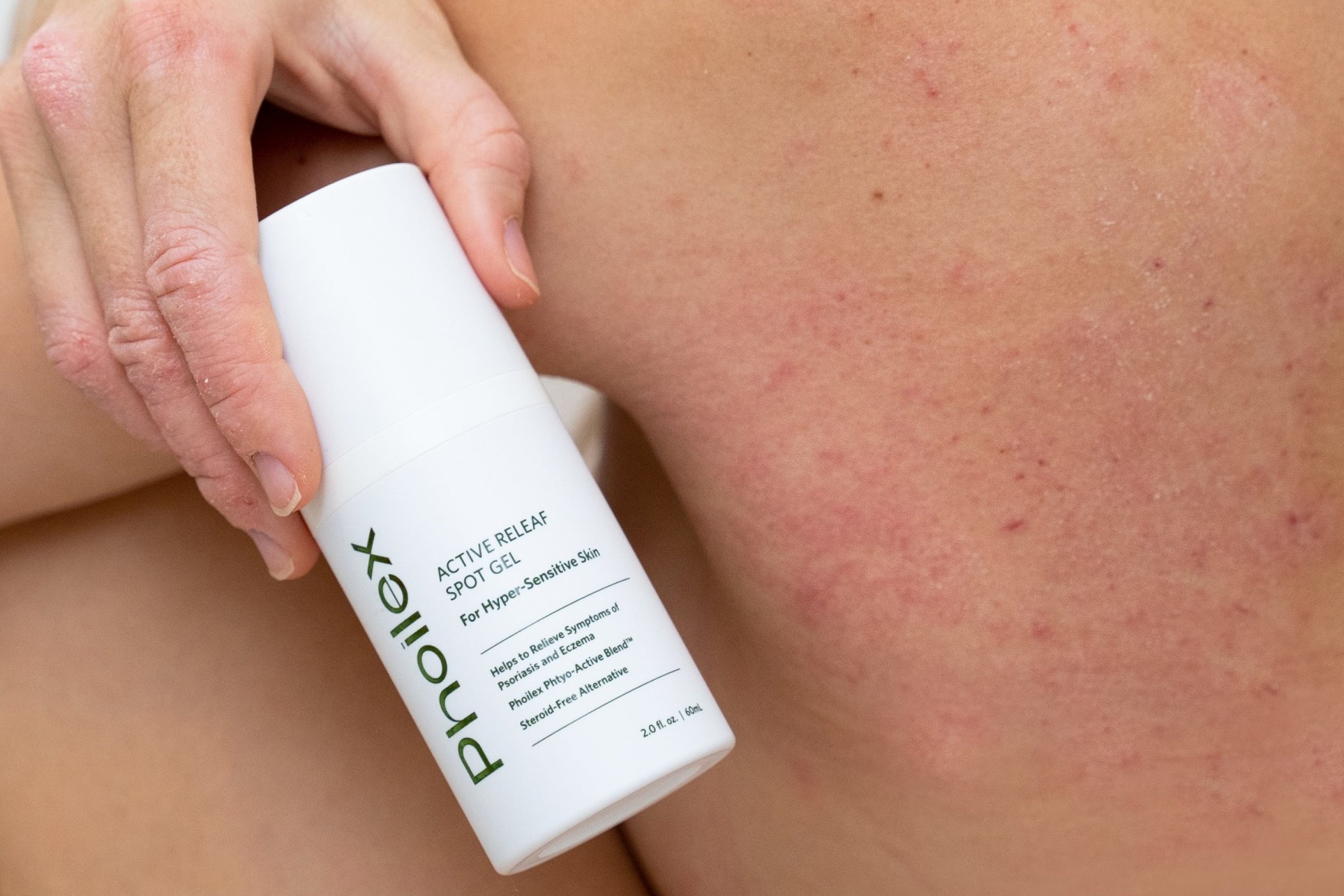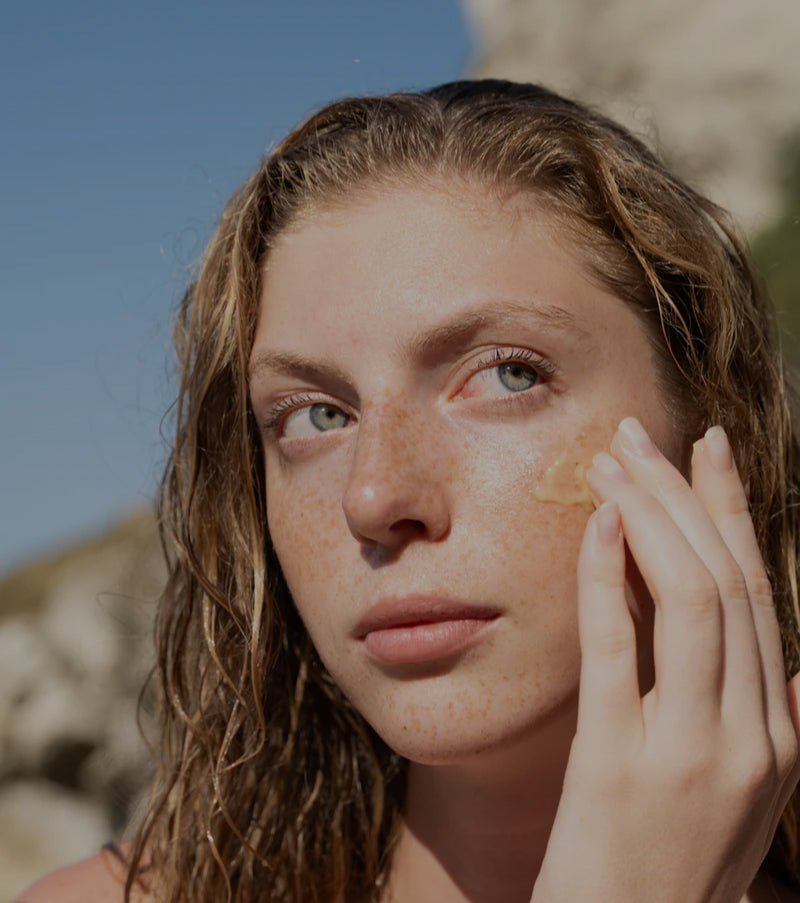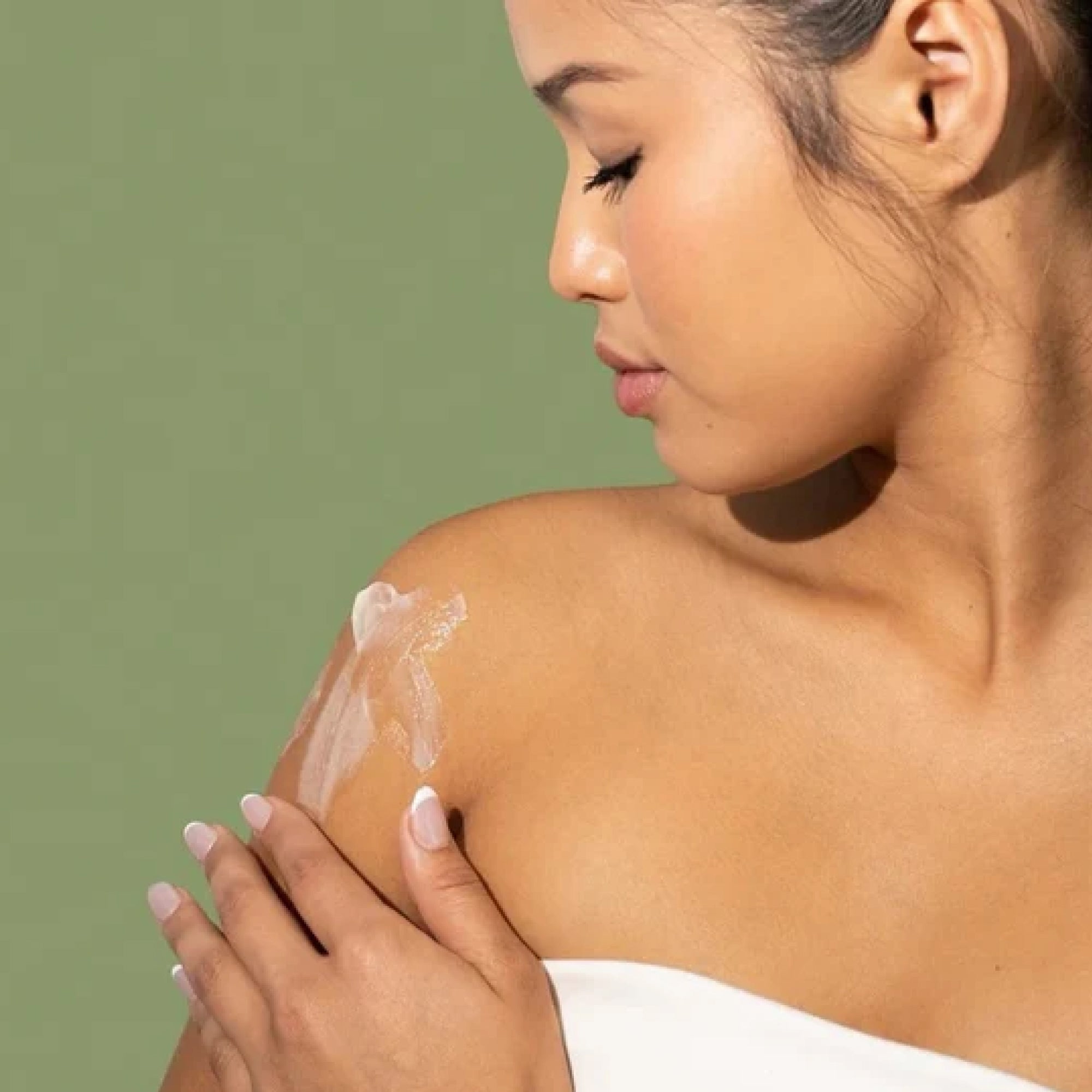Sensitive skin needs consistency, minimal irritation, and barrier-supporting products. The ideal routine aims to cleanse without stripping, hydrate deeply, protect from UV and pollution, and quietly repair overnight. If your skin stings, flushes, or reacts to common products, use fewer steps with targeted, non-fragrant formulas. Below is a professional, efficient morning and night routine designed to calm, strengthen, and balance sensitive skin.
Morning Routine for Sensitive Skin
1) Cleanse lightly
Use a sulfate-free, low-foam gel or creamy cleanser. In the morning, you’re removing sweat and overnight skincare residue, not heavy grime, so gentleness wins. Look for:
- pH-balanced formulas
- No fragrance or essential oils
- Humectants like glycerin and aloe
Method: Massage onto damp skin for 20–30 seconds, rinse with lukewarm water, pat dry with a soft towel.
2) Hydrating mist or essence (optional)
If your skin is tight after cleansing, mist with thermal water or use a minimal-ingredient essence. Avoid alcohol and strong botanicals. This step is optional but helpful in dry climates.
3) Serum for strengthening
Sensitive skin benefits from barrier-first serums. Consider:
- Niacinamide at 2–5% for redness and barrier support
- Panthenol (vitamin B5) for soothing hydration
- Beta-glucan for calming
Apply 3–4 drops to face and neck. If you are new to niacinamide, start every other morning to assess tolerance.
4) Moisturize with barrier builders
Pick a lightweight, non-comedogenic cream with ceramides, cholesterol, and fatty acids. If you are prone to shine, use a gel-cream with squalane and hyaluronic acid. If you are very dry, choose a richer cream without occlusive fragrances or menthols. Press, don’t rub.
5) Daily sunscreen is non-negotiable
UV and visible light worsen redness and sensitivity. Use SPF 30–50 broad-spectrum every morning. For sensitive skin, mineral filters (zinc oxide, titanium dioxide) are often more comfortable than certain chemical filters. Choose a formula labeled non-fragrant and ophthalmologist-tested if your eyes are reactive. Apply a generous quarter teaspoon to face and more to neck and ears. Reapply every two hours when outdoors.
Night Routine for Sensitive Skin
1) Gentle cleanse (single or double)
- If you wore sunscreen and makeup: First, use a non-fragrant cleansing balm or oil. Follow with your morning cleanser.
- If no makeup: Use your morning cleanser once. Keep water lukewarm to avoid flushing.
2) Treatment layering for repair
At night, prioritize hydration and barrier repair over aggressive actives.
- Hydrating serum: Hyaluronic acid, polyglutamic acid, glycerin, or ectoin can draw and hold water.
- Soothing agents: Centella asiatica, allantoin, colloidal oatmeal, and panthenol help reduce reactivity.
3) Retinoid considerations
Retinoids can benefit sensitive skin but require care. If you’re reactive:
- Start with retinal or encapsulated retinol at low strengths 1–2 nights per week.
- Sandwich method: Apply a thin layer of moisturizer, then retinoid, then another thin layer of moisturizer.
- Avoid on nights of shaving, peeling, or after sun exposure.
If retinoids consistently sting or cause flares, skip them and rely on peptides and niacinamide instead.
4) Night cream or balm
Seal hydration with a ceramide-rich cream. In winter or with impaired barriers, add a thin occlusive layer (petrolatum or squalane balm) on high-friction or flaky areas. Do not over-occlude acne-prone zones.
Active Ingredients: What to Use and What to Skip
Best for sensitive skin:
- Ceramides, cholesterol, fatty acids: Rebuild barrier lipids.
- Niacinamide 2–5%: Calms redness and strengthens the barrier.
- Panthenol, beta-glucan, allantoin: Soothe and reduce irritation.
- Centella asiatica and green tea extract: Antioxidant, calming support.
- Mineral sunscreens: Reliable UV defense with lower sting potential.
- Azelaic acid 5–10%: Redness, bumps, and tone—introduce slowly.
- Peptides: Supportive and typically well-tolerated.
Use with caution or avoid:
- High-percentage acids (AHA/BHA) and daily peels.
- Fragrance, essential oils, menthol, and denatured alcohol.
- Harsh scrubs or cleansing brushes.
- Overlapping actives (e.g., retinoid + strong acid the same night).
For a deeper dive into gentle formulations and soothing botanicals, explore skin routines that spotlight calming, natural ingredients: skin routines.
Seasonal and Lifestyle Tips
- Seasonal switches: In winter, increase emollients and consider a humidifier. In summer, lighten textures and prioritize sweat-resistant mineral SPF.
- Shower habits: Keep showers warm, not hot, and under 10 minutes. Apply moisturizer within 60 seconds of patting dry.
- Laundry and linens: Use fragrance-free detergents; change pillowcases 2–3 times weekly.
- Shaving and hair removal: Shave at the end of a shower, use non-foaming cream or oil, and apply a bland moisturizer after. Avoid fragranced aftershaves.
- Makeup choices: Prefer mineral-based foundations and avoid waterproof formulas that require harsh removal.
- Patch testing: Test new products on the jawline for 3–5 days. Introduce one product at a time.
When Sensitivity Signals a Bigger Issue
Persistent burning, swelling, or rash may indicate allergic contact dermatitis, rosacea, eczema, or reactions related to overuse of potent topical drugs. If you’ve relied on mid-to-high potency steroid creams for extended periods and now have rebound redness, burning, or peeling that worsens when you stop, read up on topical steroid withdrawal to understand potential symptoms and next steps: topical steroid withdrawal. Seek guidance from a board-certified dermatologist for diagnosis and a tapering plan.
A Sample Weekly Rhythm
- Daily AM: Gentle cleanse, hydrating serum, barrier moisturizer, mineral SPF.
- Daily PM: Gentle cleanse, hydrating + soothing serum, barrier cream.
- 1–2 nights/week: Introduce a low-strength retinoid if tolerated.
- 1 night/week: Instead of retinoid, use azelaic acid or a very mild PHA if your skin allows.
- Rescue nights: If irritation occurs, skip actives and layer hydrating serum + thick ceramide cream + thin occlusive on dry patches.
Troubleshooting Common Issues
- Stinging on application: Apply moisturizer first, then serum. Switch to fragrance-free, fewer-ingredient formulas.
- Flakiness that won’t resolve: Increase emollients, consider azelaic acid instead of retinoid, and avoid exfoliation for one week.
- Sunscreen pilling: Use fewer layers, let moisturizer set for 5–10 minutes, and choose a sunscreen with fewer silicones.
- Mask-related irritation: Use a breathable, clean mask and apply a thin layer of barrier ointment to pressure points.
Conclusion: Build a routine that protects and restores
Sensitive skin thrives on consistency and restraint. Cleanse gently, hydrate deeply, protect every morning, and repair every night. Choose non-fragrant, barrier-first formulas; introduce actives slowly; and listen to your skin’s feedback. With this streamlined approach, you can reduce redness, prevent flare-ups, and strengthen your barrier for calm, resilient skin day and night.
Read more

Sensitive skin affects up to 60% of adults, yet finding truly effective, steroid-free solutions remains challenging. This dermatologist-approved guide combines Eastern herbal wisdom with Western cl...

Your skin barrier, scientifically known as the stratum corneum, is your body's first line of defense against the outside world. This remarkable structure, only about 10-20 micrometers thick (thin...
